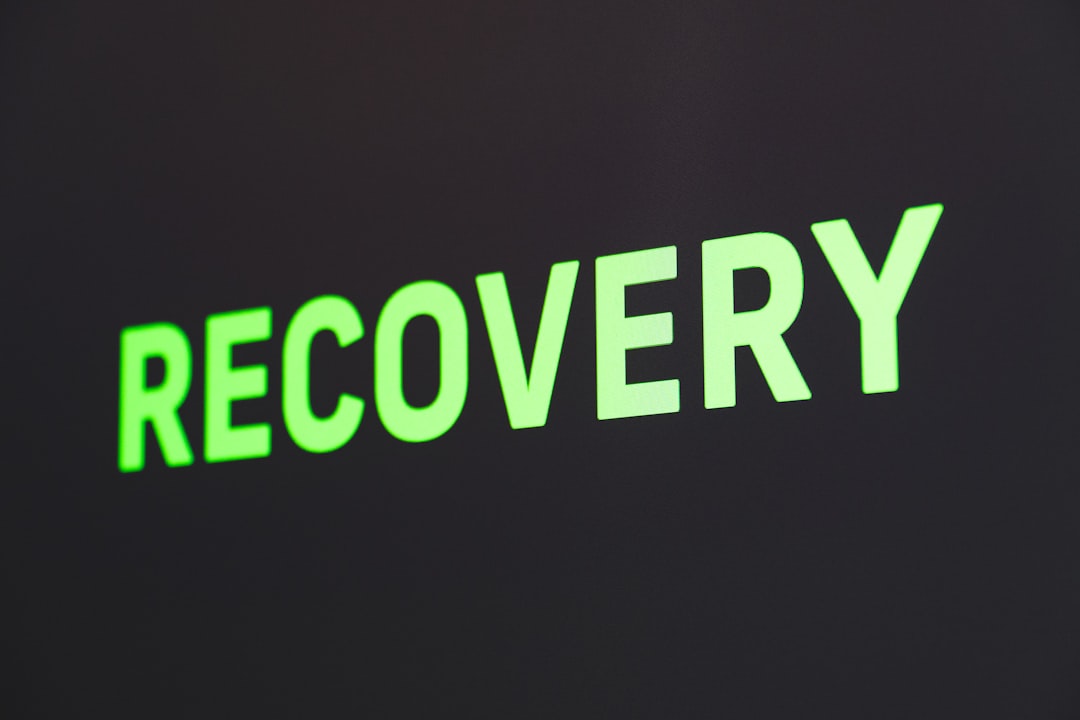What is it about?
Rural communities, particularly those in Africa, often need to manage their own water sources and keep them free from contamination. In this study, we worked with community members in Western Kenya to map the locations of water sources and surrounding contamination hazards. The community members ranked sources from safest to least safe and also ranked ideas for widening access to safe water. The participants mapped a lot of sources and contamination hazards that a water engineer might also map, such as boreholes as sources and cattle grazing areas as contamination hazards. However, they also identified some water sources where the community collected water, such as leaking pipeline sections, which would not be formally managed. They also did not map some contamination hazards, such as areas of open land where people go to defecate in the absence of toilets. The community members considered rainwater – not piped water – the safest type of source and ranked upgrading of rainwater harvesting systems as the most preferred means of widening safe water access.
Featured Image

Photo by Jeff Ackley on Unsplash
Why is it important?
Very few studies have worked with communities to map water sources in order to make them safer to drink, despite many rural water sources being run by the communities that use them. Using this mapping process, our study shows how in this part of Kenya, people value rainwater more than piped water, suggesting upgrading rainwater harvesting could help widen safe water access in future. The mapping also shows how sometimes popular and scientific understanding differ. For example, there are water sources that are really important to the community, but which might get overlooked were an outsider to map water sources. Aligning community and scientific understanding could therefore lead to more comprehensive and effective plans for increasing water safety.
Perspectives
At the start of this study, we as researchers had no idea just how much these communities would value rainwater over piped water, since piped water is classed as a higher water service level than rainwater. However, from the community's standpoint, they do not have to pay a water company for rainwater. Rainwater also comes from the heavens, which gives it special significance to this community, many have whom have strong Christian beliefs. Sadly, people and livestock often share water sources in this area, risking the spread of disease from animals to people, particularly children. However, strengthening rainwater harvesting could help reduce this risk in the long term, given just how much the community value rainwater. It opened our eyes to how important it is to understand the community perspective and adapt water services to the local situation.
Jim Wright
University of Southampton
Read the Original
This page is a summary of: A mixed methods study to evaluate participatory mapping for rural water safety planning in western Kenya, PLoS ONE, July 2021, PLOS,
DOI: 10.1371/journal.pone.0255286.
You can read the full text:
Contributors
The following have contributed to this page










